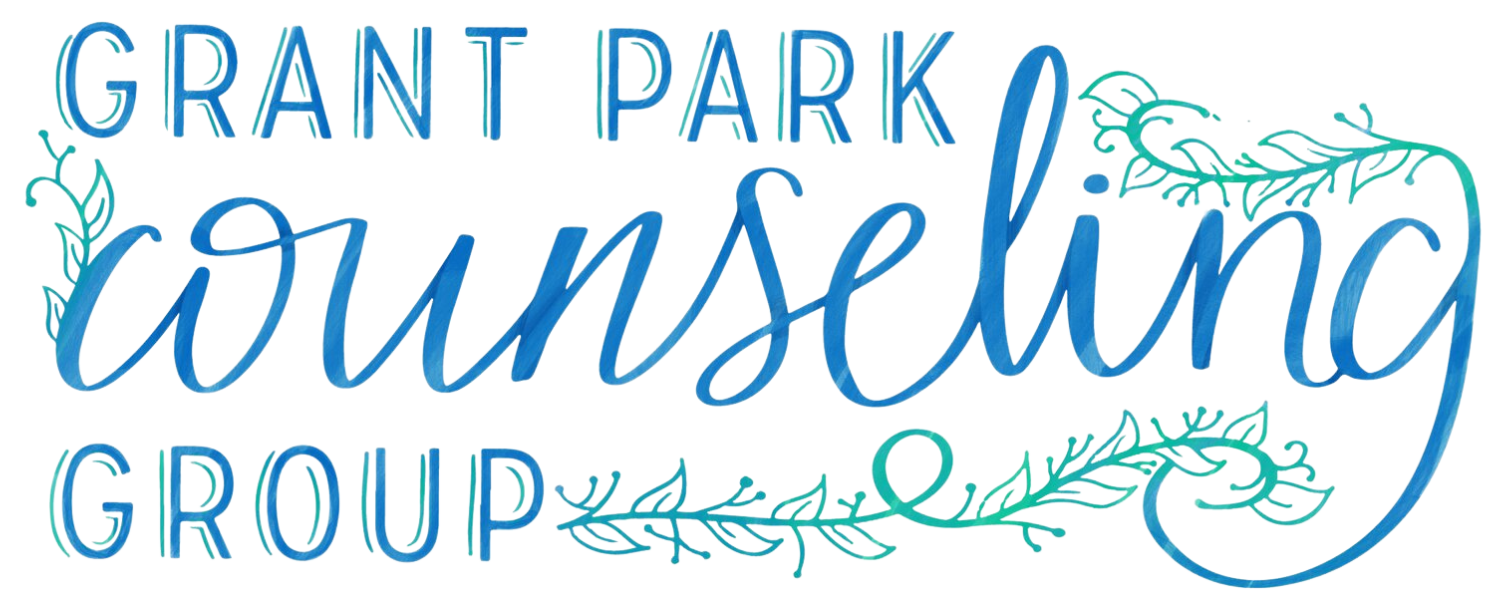Developing a Routine with ADHD
The “perfect” routine is so elusive yet forever sought after. It’s the culmination of all the things. Executive dysfunction makes things more difficult — time management, memory, follow-through, organization, patience, perfectionism, all-or-nothing thinking… Therefore, how on earth is someone with ADHD supposed to come up with their own routine!?
Having a routine is extremely helpful for maintaining mental wellness. The brain likes patterns, and it makes things easier to remember so you don’t forget to do things.
However, doing things exactly the same way every day can impact your long-term memory by grouping all these similar memories together. Like, that sensation of ‘wait, did I already use shampoo, or do I need conditioner now? Did I just use that or am I remembering yesterday?’ while in the shower.
Being present and mindful while you are engaging in routines will help maintain the steps to your routine. It’s important to find a balance between flexibility and rigidity in your routine.
Also, what happens if something unexpected happens and the routine gets thrown off? How do you get back on track and remember to do the things you need to do? The “perfect” routine is going to look different for everyone because everyone has a different tolerance of how rigid or flexible they like to be.
What does your dream routine look like? How rigid or loose is it? How will you know it’s working for you?
In order to get a routine going, you have to be willing to treat yourself like a science experiment. There’s going to be a trial and error period when working on this routine and that’s
okay. Remember to be patient with yourself, which is way easier said than done, I know. Like all good scientists, you’ll need a way to keep track of your data.
How do you like to organize your information?
Lists? A planner? Calendar? Digital or hard copy? What you use to keep track of your schedule or potential routine may even have to be experimented with to figure out what works best.
How do you remember to look at the information to keep track of it?
Alarms? Visual reminders? Some other awesomely creative tool only you can think of? What things do you need to put in your routine? How do you label the information? It may be as simple as ‘morning routine’ or ‘get ready’, or it could break down every specific thing you need to do like, ‘shower, brush your teeth, comb your hair, get dressed, eat breakfast, etc.’ Think about what you overlook and need to remember to do.
Creating a new habit or routine takes time. Making a potential schedule may bring to light to how long it actually takes you to do things, so you’ll have to adjust accordingly. Be patient and forgiving with yourself if you get something wrong or forget to do something right off the bat. Maybe even schedule downtime, self-care, or other buffers into your routine. If some aspect of the routine isn’t working, it’s okay to scrap that idea and try something new. There is strength in admitting when something isn’t working and trying again. Knowing what doesn’t work is also valuable information.
Don’t mistake adjusting your routine for giving up and quitting.
